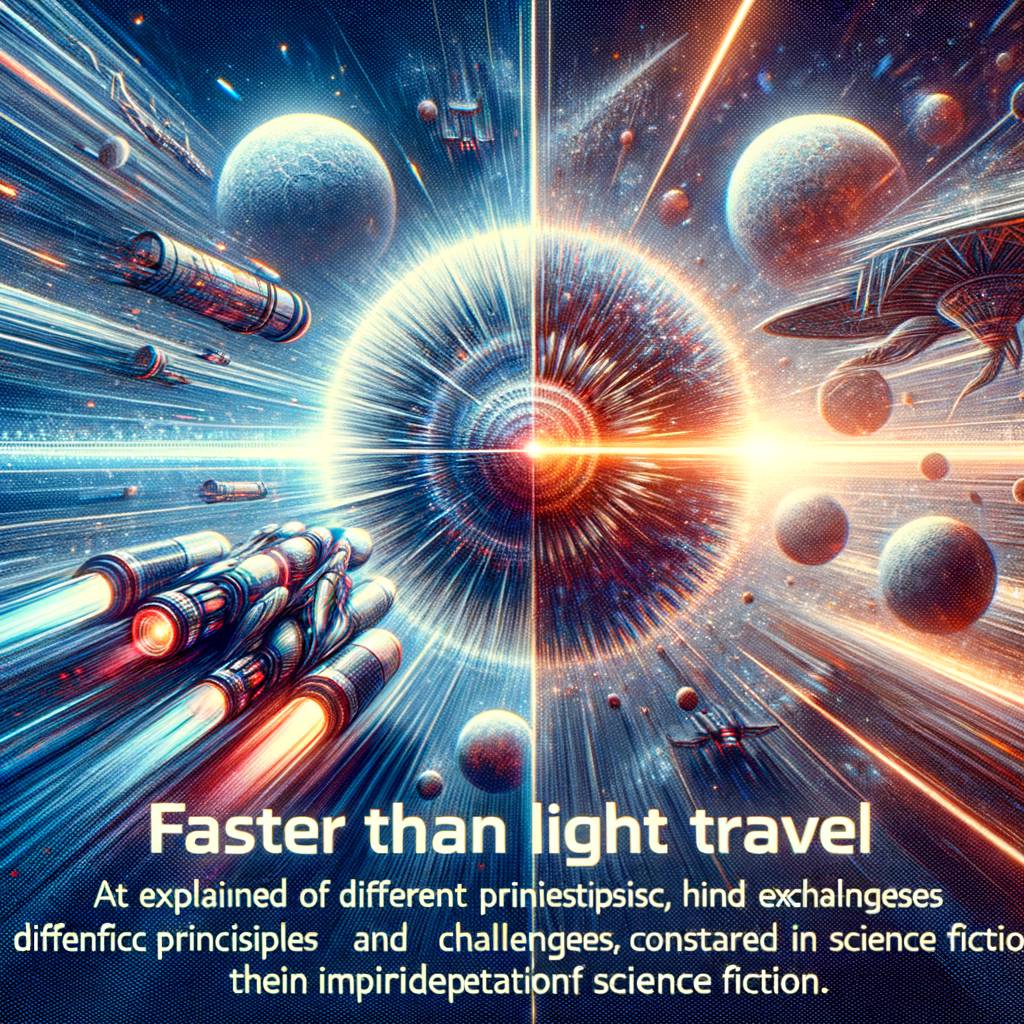The “Light Sail” – A Viable Propulsion Method for Interstellar Travel?

From the pages of science fiction novels to the screens of Hollywood blockbusters, the concept of interstellar travel has long captivated our collective imagination. One of the most intriguing methods proposed for such journeys is the “light sail,” a technology that harnesses the power of light to propel spacecraft across vast cosmic distances. But is this concept, popularized in works like Arthur C. Clarke’s “The Songs of Distant Earth” and the movie “Interstellar,” truly viable? Let’s delve into the science behind the fiction.
Understanding the Concept of Light Sails
At its core, the idea of a light sail, also known as a solar sail, is relatively simple. It involves using a large, highly reflective sail to capture the momentum of photons – particles of light – emitted by the sun or other light sources. As these photons strike the sail, they transfer their momentum, gradually accelerating the spacecraft. This concept is based on the principle of radiation pressure, a phenomenon first described by James Clerk Maxwell in the 19th century.
Light Sails in Science Fiction
Light sails have been a staple of science fiction for decades. In Arthur C. Clarke’s novel “The Songs of Distant Earth,” humanity uses light sails to colonize distant star systems after Earth is doomed by an impending supernova. In the movie “Interstellar,” a light sail is used to propel a spacecraft through a wormhole to another galaxy.
These depictions often portray light sails as a practical and efficient method of interstellar travel. But how close are we to turning this science fiction into science fact?
The Reality of Light Sail Technology
While the concept of light sails is theoretically sound, there are significant challenges to their practical implementation. The most obvious is the sheer size of the sails required. To capture enough photons to propel a spacecraft, a light sail would need to be incredibly large – potentially hundreds of kilometers in diameter – and incredibly thin to minimize its weight.
However, recent advancements in nanotechnology and materials science have brought us closer to overcoming these hurdles. In 2019, the Planetary Society successfully launched LightSail 2, a small spacecraft powered by a solar sail. This marked a significant milestone in the development of light sail technology, demonstrating its viability for propulsion within our solar system.
Light Sails for Interstellar Travel
While LightSail 2’s success is promising, using light sails for interstellar travel presents additional challenges. The vast distances between stars mean that a light sail spacecraft would need to reach incredibly high speeds to make the journey in a reasonable timeframe. Achieving these speeds would require a much more powerful light source than our sun.
One proposed solution is to use powerful lasers to propel the sail. This concept, known as a laser sail, is the basis for the Breakthrough Starshot project, which aims to send a fleet of tiny, laser-propelled spacecraft to our nearest star system, Alpha Centauri.
Conclusion
So, are light sails a viable method for interstellar travel? The answer, it seems, is a cautious “maybe.” While significant challenges remain, recent advancements suggest that light sail technology could play a role in our future exploration of the cosmos. As with many concepts from science fiction, the line between fantasy and reality may be thinner than we think.
As Arthur C. Clarke once said, “The only way of discovering the limits of the possible is to venture a little way past them into the impossible.”1
And who knows? Perhaps one day, we’ll see light sails not just in the pages of novels or on the silver screen, but soaring through the stars.
1 Arthur C. Clarke, “Profiles of The Future: An Inquiry into the Limits of the Possible” (1962)



